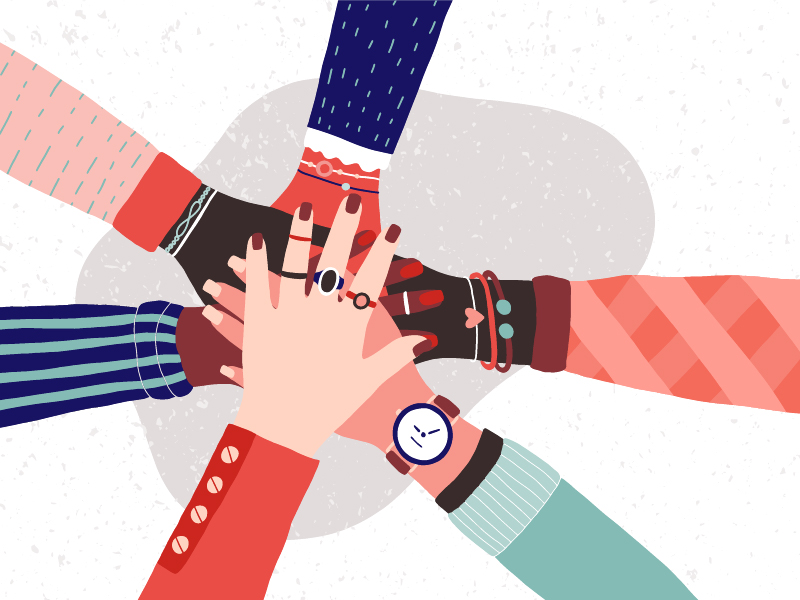
Society and Purpose: Service Design and Saving the World – Part 2

The second part of this week’s lecture was about design and activism. Social innovation was a term that was frequently used during the lecture. In the book Design, When Everybody Designs: An Introduction to Design for Social Innovation, Manzini describes social innovation as “a new social practice that aims to meet social needs in a better way than the existing solutions, resulting from things such as working conditions, education, community development and health.”
In this day and age, “social innovation” is both a trigger that instigates a designer to initiate a project as well as an objective for a project. It can be described as “everything that expert design can do to activate, sustain and orient process of social change towards sustainability” and also “it acts within open-ended processes through a multiplicity of design initiatives which have their own well-defined modes, timelines and results.”
Activism is probably one of the most popular forms of social innovation. Might not be the first thing that comes to mind when hearing the term ‘innovation’, but when thinking about it, the ultimate goal of activists is to instigate change and make something better because at present it is not. Activism is essentially the effort to promote and impede, directly or indirectly, social, political, economic or environmental reform and desire to change in society. Examples of activist action includes, petitions, building of mandates, demonstration and rallies.
The first instances of activist design dates back to Roman times in Pompeii way back to the 1sy century AD. Fast forwarding 100s of years, thanks to Gutenberg’s invention of moveable type and the printing press, it made it so much easier for artists and designers to create and publish printed material that would reach a wider audience a lot quicker. A number of artistic movements emerged from activist action. Constructivists, Futurists, Vorticists, Dada, Punk, and The Mod are all movements that came to be from a common activist goal. When it comes to activists and political issues, satire is one of the most popular media used to get a message across.
In an AIGA article I read recently, it discussed the relevance of satire today. Aptly titled Is Satire Possible in Art and Design Today? , the artists collective Slavs and Tatars talked about how effective satire really is today in comparison to the past as they believe that today’s “reality is stranger than fiction”. Satire has been used in art, design and literature as a method to speak the truth to power, pricking people’s consciences, particularly in times of political upheaval. I really liked the way Payam Sharifi – one of the artists of the collective – described how the power of satire lies in its ambiguity – Satire has bite. With that said, they also refer to the very popular memes, which can be considered as today’s satire.
We are at a point in time were the lines between satire, protest and offence are very blurred. This means that it is very easy to push the envelope too far. Then again, it is hard to tell when one goes too far or not. It happens very often when someone posts or publishes something that by some is found simply funny, but to others offensive. Strange times indeed. I guess the most important thing when it comes to what is discussed in this two-part post is relevance. Relevance is the key to make an impact.





